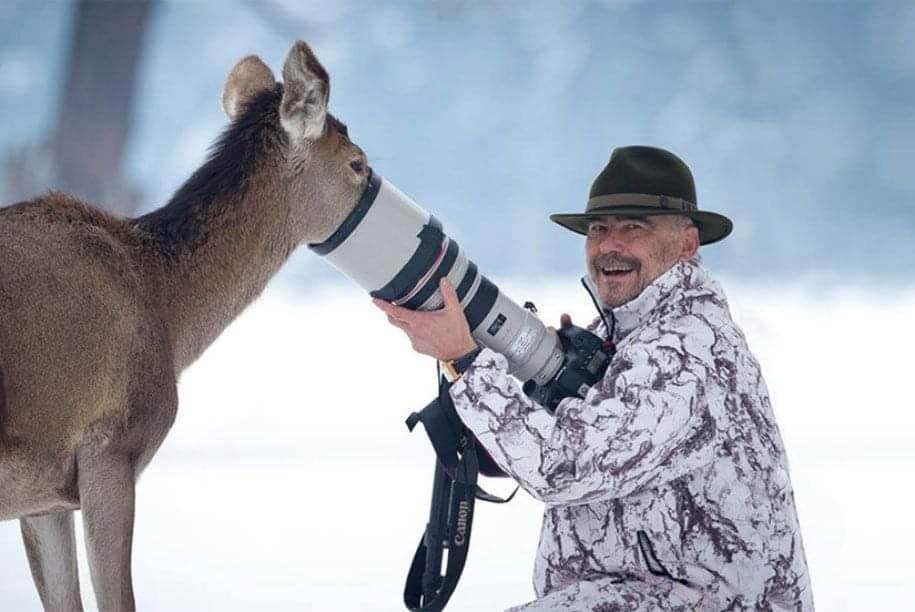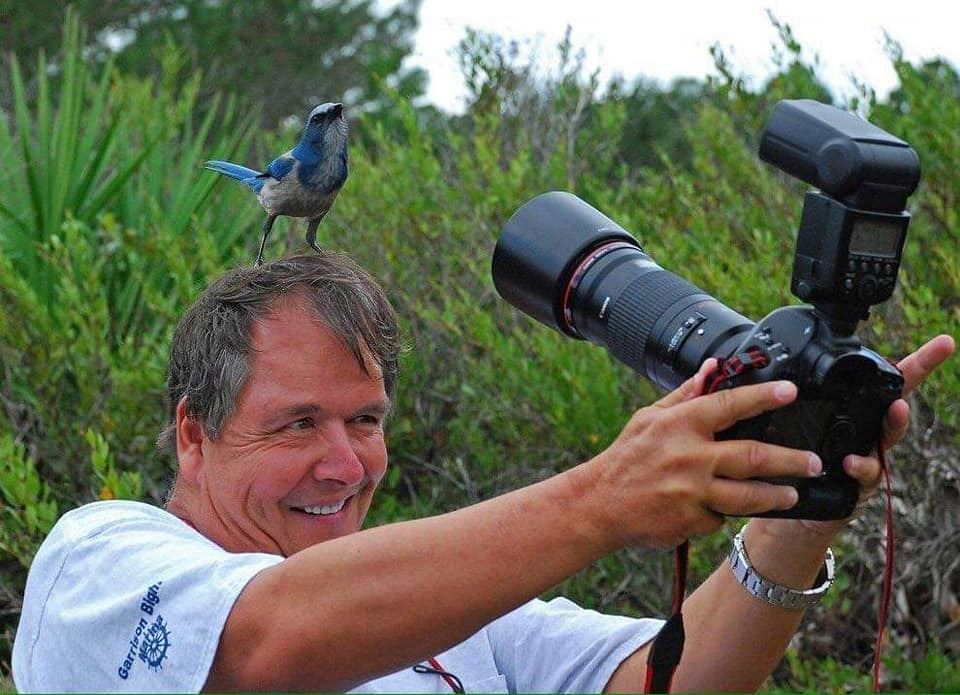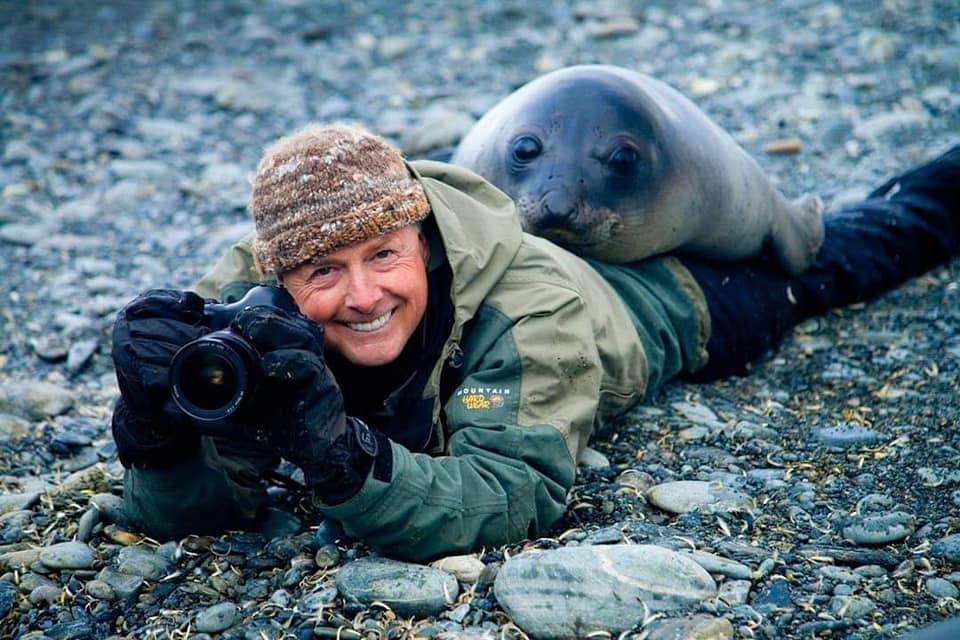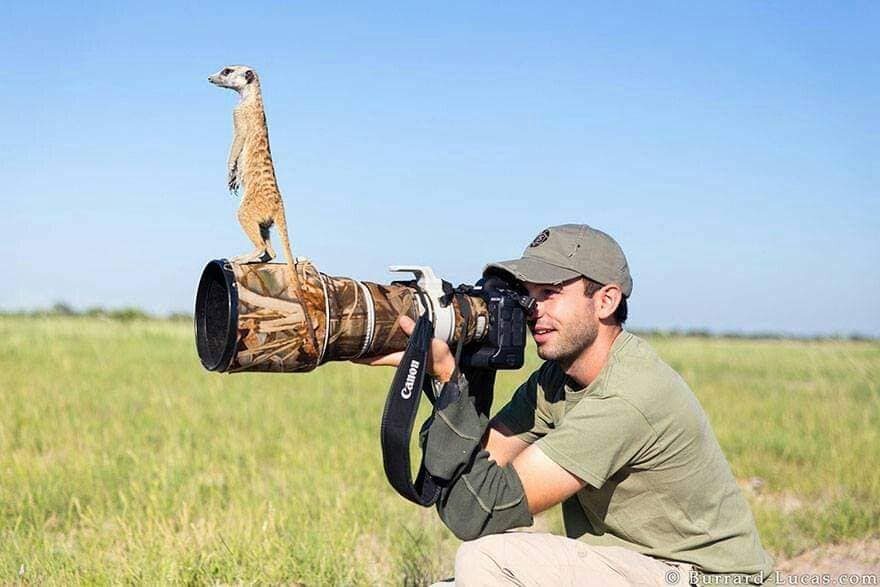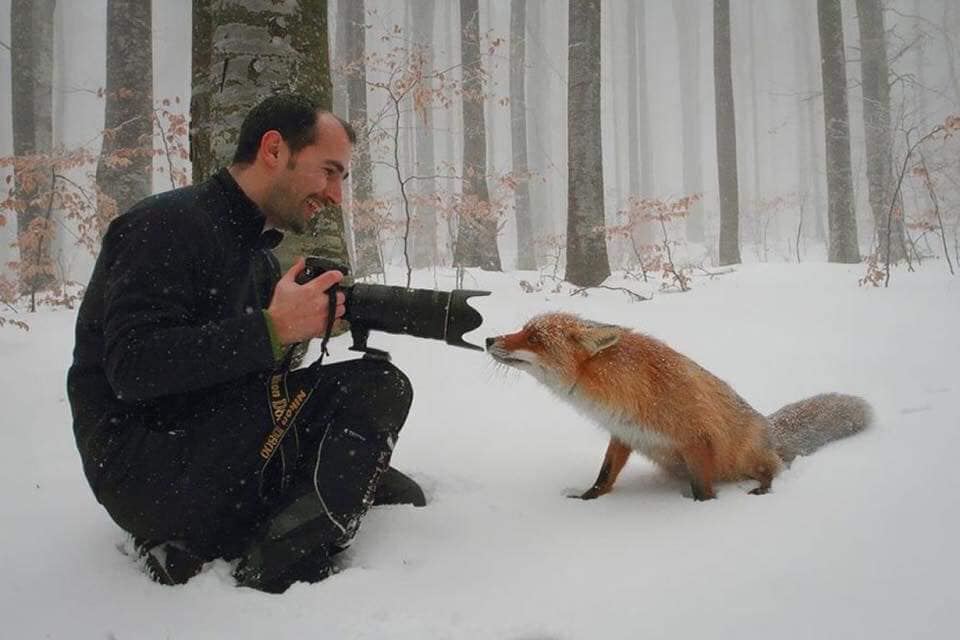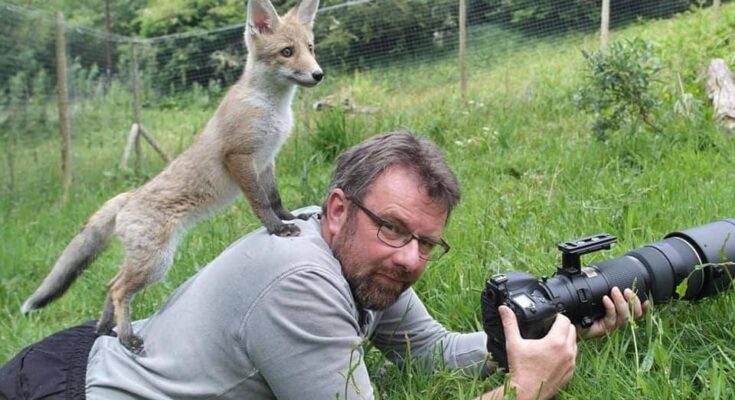The Power of Perspective: Why a Camera is Much Better Than a Rifle
In a world filled with conflict, competition, and chaos, the tools we choose to wield can profoundly shape our experiences and impact those around us. While a rifle is often seen as a symbol of power and protection, a camera represents a different kind of strength—one rooted in creativity, connection, and communication. In this article, we explore why a camera is much better than a rifle, illustrating how it captures the essence of life while promoting understanding and compassion.
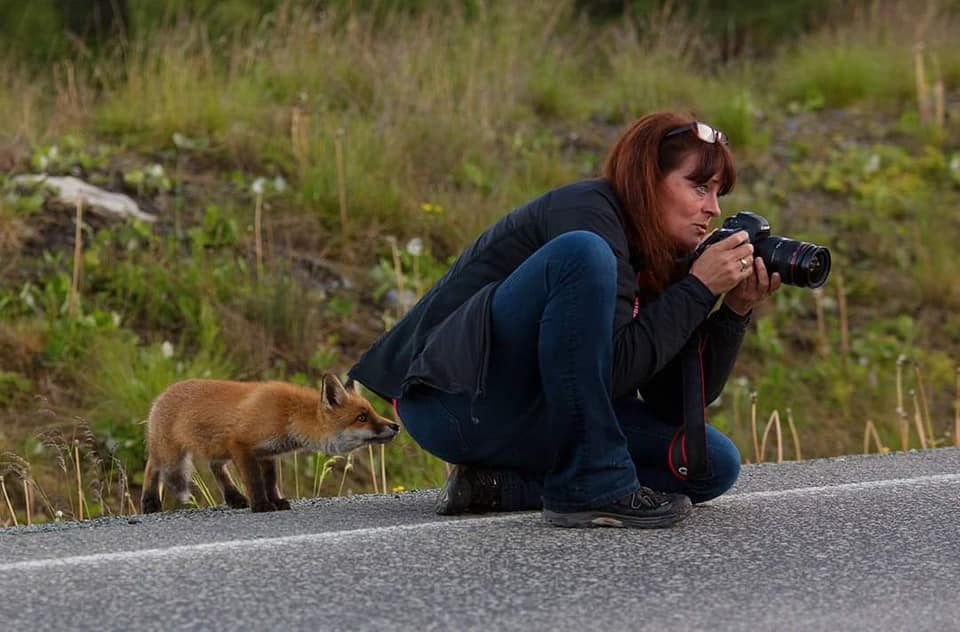
1. Capturing Moments vs. Causing Harm
At its core, a camera is a tool for capturing moments. It allows us to freeze time, documenting the beauty, emotion, and experiences that make life rich and meaningful. From a child’s laughter to a breathtaking landscape, a photograph can evoke feelings and tell stories that transcend words.
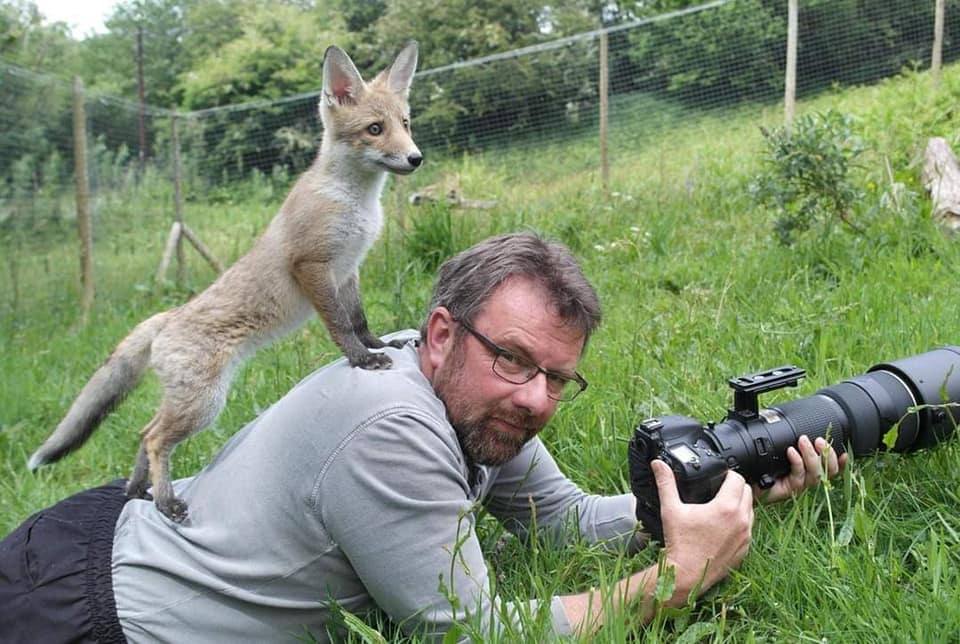
In contrast, a rifle is designed for destruction. While it can be a means of protection in certain contexts, its primary purpose is to cause harm. The weight of a rifle carries with it the potential for violence, while a camera embodies the potential for creativity and connection. The choice between these two tools ultimately reflects our values: Do we seek to understand and share experiences, or do we opt for control through force?
2. Fostering Connection vs. Creating Division
Photography has an incredible ability to bridge gaps between cultures, backgrounds, and perspectives. A well-captured image can foster empathy, challenge stereotypes, and bring people together by revealing shared human experiences. In a time when polarization is rampant, a camera serves as a reminder of our common humanity.
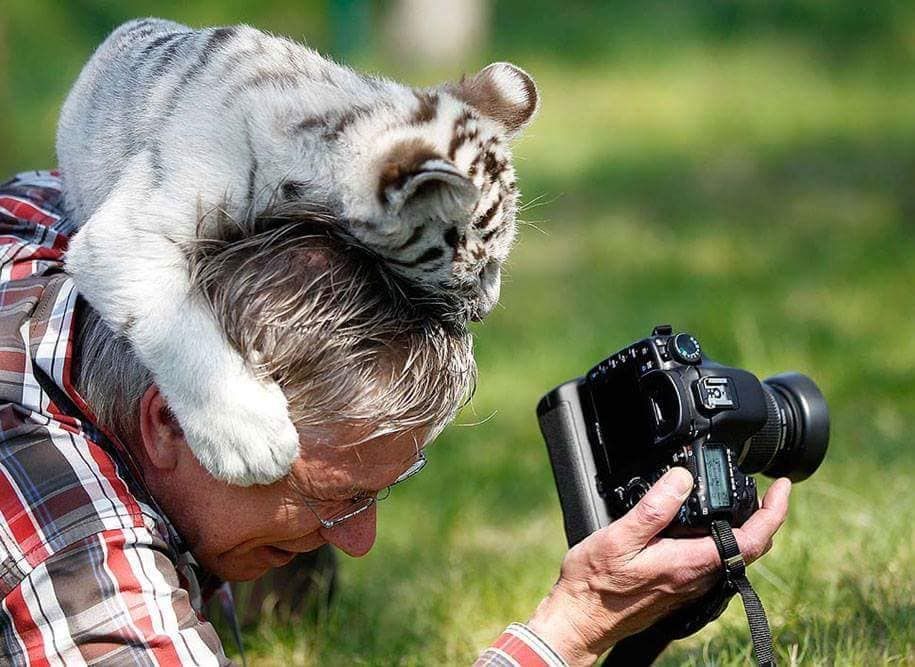
Conversely, a rifle can deepen divisions. It is often a tool of conflict, reinforcing power dynamics and creating barriers between individuals and communities. The stories told through the lens of a camera promote dialogue and understanding, whereas those told through the sights of a rifle can lead to silence and destruction.
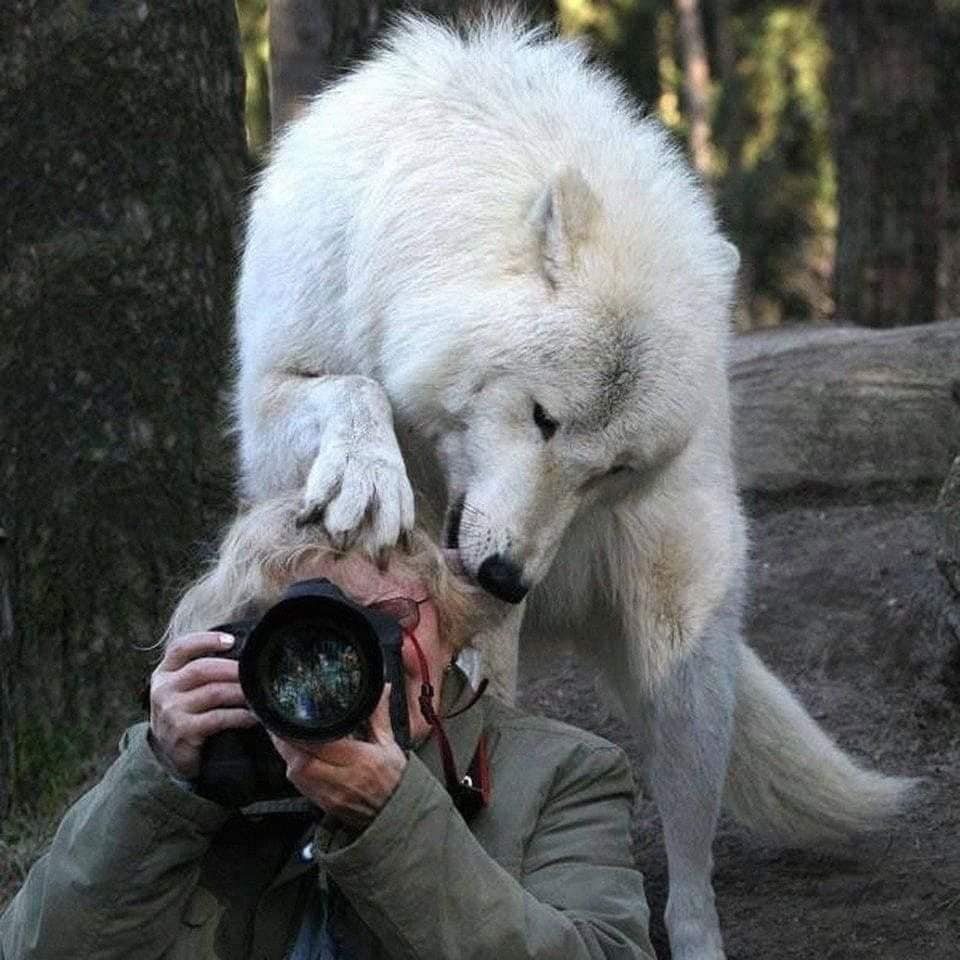
3. Promoting Awareness vs. Ignoring Consequences
In an era of social media and instant sharing, cameras can be powerful instruments for social change. They have the ability to document injustices, raise awareness about pressing issues, and inspire action. Iconic photographs have sparked movements, influenced public opinion, and altered the course of history.
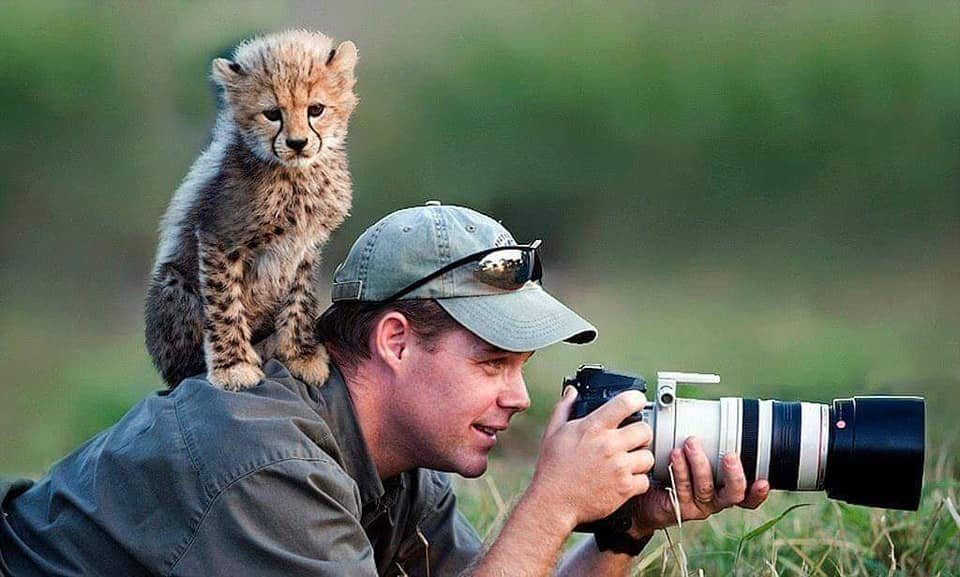
On the other hand, the use of a rifle often leads to a cycle of violence that can overshadow important societal issues. The consequences of wielding a firearm can be immediate and devastating, often diverting attention away from the root causes of conflict and suffering. A camera, however, encourages us to engage with our surroundings thoughtfully, promoting reflection and informed dialogue.
4. Creativity vs. Conformity
Photography is an art form that invites creativity and self-expression. It encourages individuals to see the world through unique lenses, to experiment with angles, light, and composition. The results can inspire others, spark conversations, and cultivate appreciation for the diverse tapestry of life.
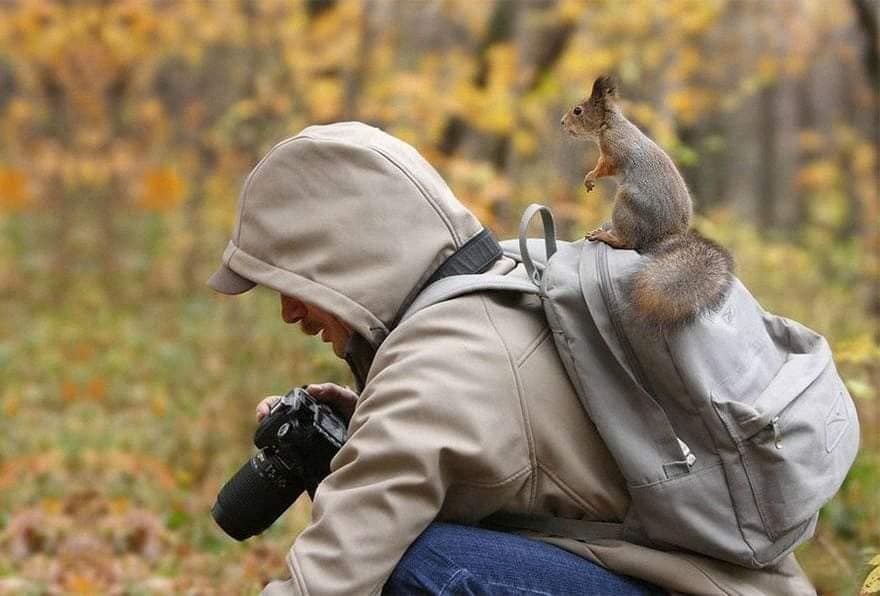
In contrast, the world of firearms can often promote a culture of conformity. While there are various approaches to marksmanship and hunting, the underlying principles revolve around discipline and adherence to safety protocols. Creativity is sidelined, and the focus shifts towards precision and control. A camera, however, thrives on innovation and imagination, inviting individuals to interpret reality in their own ways.
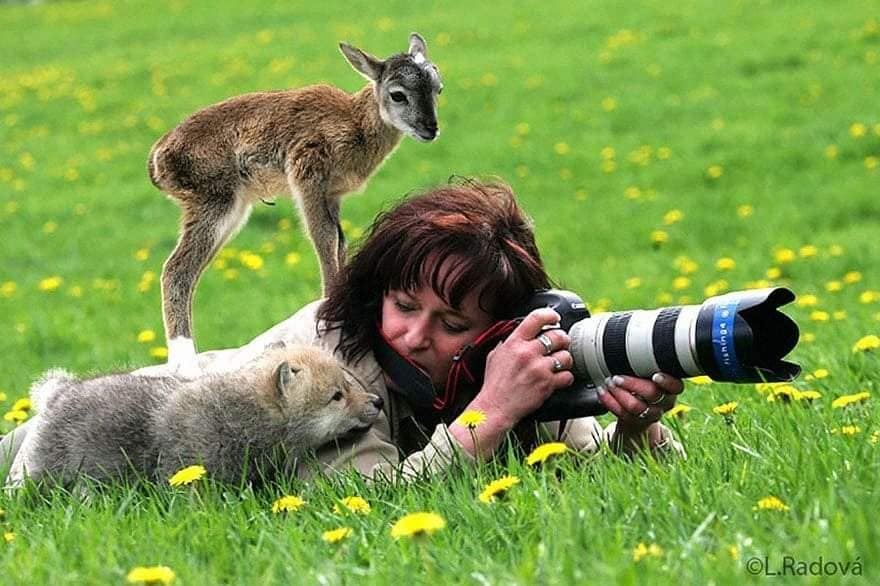
5. Legacy of Light vs. Legacy of Fear
Lastly, the legacy of a camera is one of light. The images captured can live on for generations, allowing us to remember loved ones, celebrate milestones, and reflect on our shared history. Each photograph holds the power to inspire future generations and serve as a testament to human resilience and beauty.
